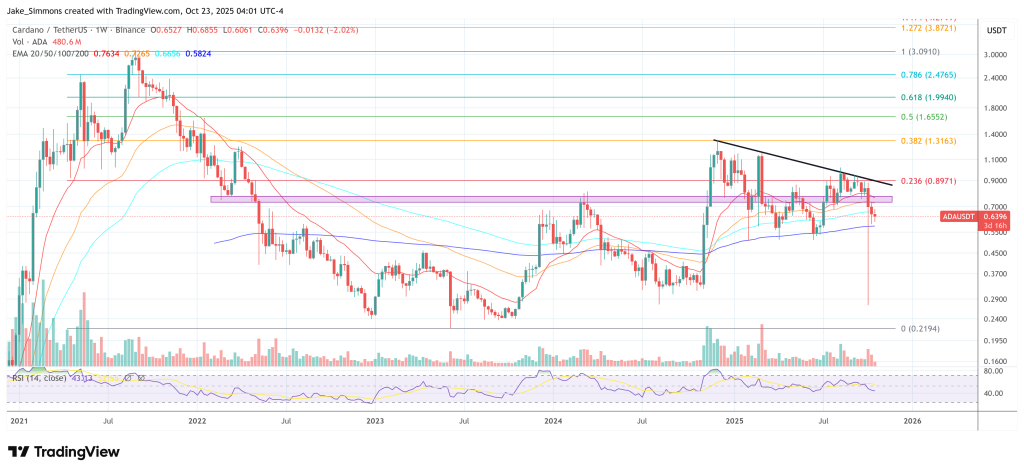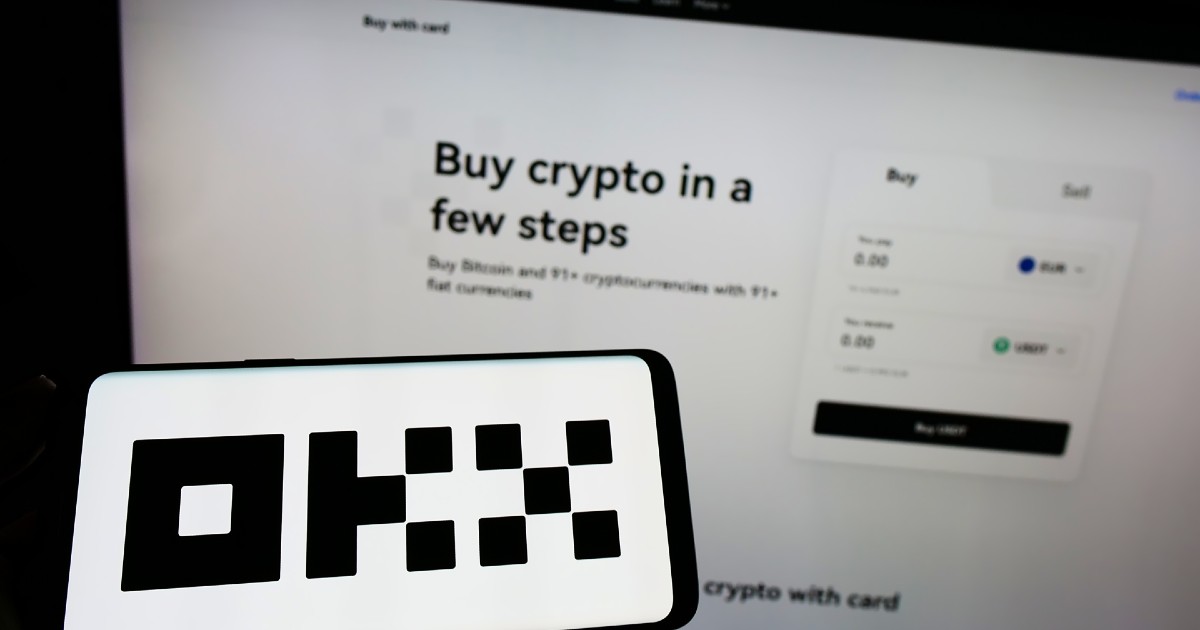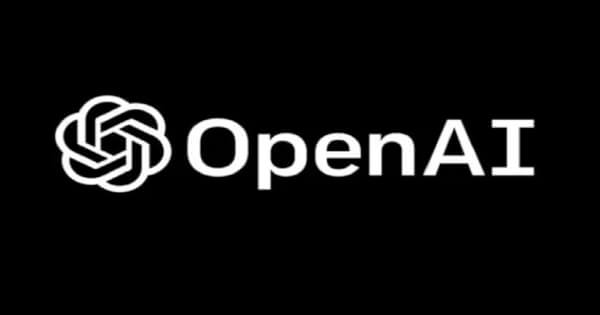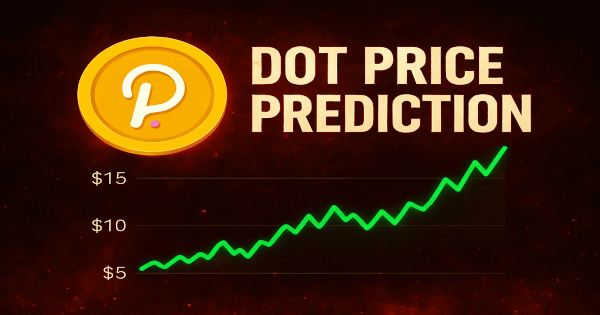The Ethereum supply has experienced an uncharacteristic uptick in the space of a month, raising concerns about the cryptocurrency’s inflation risk among ETH investors and community members.
Ethereum Inflation Crisis
Since the beginning of 2023, Ethereum, the world’s second-largest cryptocurrency has experienced fluctuating inflation rates in ETH’s money supply. According to the Ultrasound Money website, there has been a significant surge in the ETH supply in the last 30 days.
The global ETH supply has skyrocketed by almost 30,000 ETH, raising worries about the potential for inflation in the Ethereum ecosystem and leaving the crypto community speculating about the rationale behind this unexpected spike and how it would impact the ecosystem.

The abrupt climb in ETH global circulation is reportedly attributed to a drop in user activities and transactions on the Ethereum network. Decentralized finance (DeFi) activities in ETH’s ecosystem have declined significantly and trades on NFT assets and meme coins have also failed to pick up, leading to a massive drop in ETH gas fees this month.
Last month, ETH transaction fees declined toward 2022 lows, unveiling a considerable decrease in on-chain activities in the Ethereum ecosystem. The average ETH gas price presently is 31.62% less than the previous year. Data from Ycharts shows that the gas fees for the cryptocurrency have declined from 13.49 gwei and were sitting at 8.8 gwei as of Sunday.
With significantly lower gas fees, less ETH are burned unintentionally leading to a significant change in Ethereum’s supply dynamics and increasing the potential for inflation.
The fee-burning mechanism introduced by the Ethereum ecosystem in 2021 acts as a deflationary force in ETH’s supply. When Ethereum’s gas fees are low, ETH burns decrease leading to an increase in supply of ETH and a potential for inflation.
Inflation Concerns And Future Implications
The broader crypto community has had high hopes for the Ethereum network since its Merge, taking it from a Proof of Work (PoW) to a Proof of Stake (PoS) mechanism last year. Under the PoS consensus, energy-intensive mining processes are eliminated and validators are selected to create blocks and validate transactions on the network, thus reducing the issuance of new ETH and effectively managing the supply.
However, the recent developments in ETH’s supply have been less than positive and the potential for high inflation may have several implications for the Ethereum ecosystem.
Over time, increased inflation may erode the purchasing power of ETH, drastically reducing the value of investors’ assets. Conflict over inflation rates and supply dynamics may also affect the crypto community, leading to unnecessary debates. There is also the possibility of interference from regulatory authorities to protect investors against potential risks and losses.
Ethereum’s recent inflationary trend is a significant concern for its investors and the broader cryptocurrency market. The crypto community is still monitoring the progress and measures taken by ETH core developers to curb inflation risks.
According to reports, Ethereum developers have remained indifferent to the changes in supply, categorizing the recent spike as “insignificant” when compared to the “grand scheme of things.”

You can get bonuses upto $100 FREE BONUS when you:
💰 Install these recommended apps:
💲 SocialGood - 100% Crypto Back on Everyday Shopping
💲 xPortal - The DeFi For The Next Billion
💲 CryptoTab Browser - Lightweight, fast, and ready to mine!
💰 Register on these recommended exchanges:
🟡 Binance🟡 Bitfinex🟡 Bitmart🟡 Bittrex🟡 Bitget
🟡 CoinEx🟡 Crypto.com🟡 Gate.io🟡 Huobi🟡 Kucoin.
















Comments